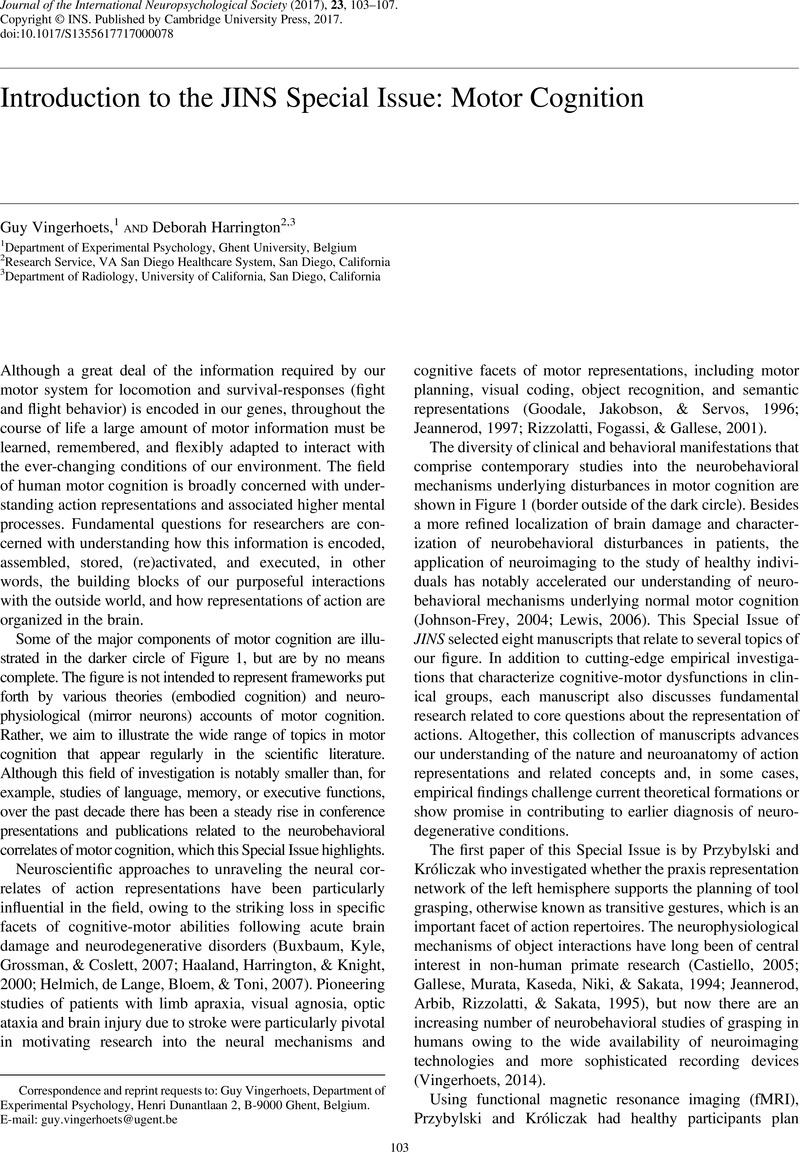Goodale, M.A.,
Jakobson, L.S., &
Servos, P. (
1996).
The visual pathways mediating perception and prehension. In A.M. Wing, P. Haggard & J.R. Flanagan (Eds.),
Hand and brain: The neurophysiology and psychology of hand movements (pp.
15–
31).
San Diego:
Academic Press.
Google Scholar 